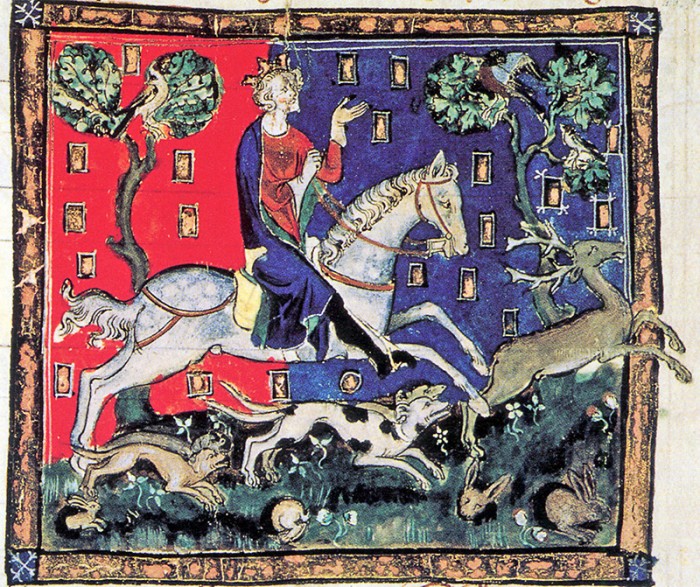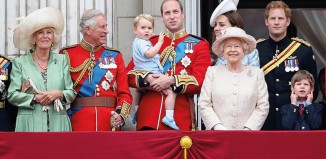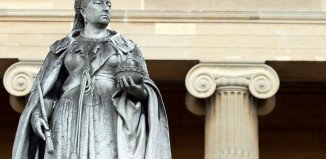British monarchy: The Middle Ages, 1154–1485
The Plantagenet era was a time of conflict, burnished by stories of Richard the Lionheart and victory at Agincourt in 1415 during the Hundred Years War
In 1215, in a field at Runnymede, Surrey, squabbles between greedy King John and his barons halted by the agreement of Magna Carta. Intended to curb kingly powers and redress the barons’ financial and feudal grievances, this Charter of Liberties would yet come to symbolise so much more: shining down the ages as a keystone of English democracy, law and freedoms, and an inspiration for democratic institutions around the world.
Shake up of the social order
Magna Carta was a quintessential product of the 331-year rule of the House of Plantagenet that had begun when King Henry II inherited the crown from his Norman cousin King Stephen. From 1154, 14 kings engaged in power struggles – with barons, the church and among themselves – that defined not simply who ruled but how they ruled. Amid the mayhem, the seeds of parliament were sown.
Henry II (r 1154–1189) set the pace as a giant of kingship, restoring order after years of civil war under Stephen and making his mark as the Father of English Common Law. But his tragic spat that ended in the murder of Thomas Becket, Archbishop of Canterbury, in 1170 signalled disputes between royal and church authority that would fester for generations.
During the reigns of lesser sovereigns baronial unrest began to reshape government: King John and Magna Carta; King Henry III and the notion of “parleyings” with a council not simply comprising the king’s cronies.
The Black Death and the Peasants’ Revolt would also shake the social order. King Edward I (r 1272–1307), “the Lawgiver”, summoned the Model Parliament in 1295 that broadened representation, and he ruthlessly tamed Wales with his Iron Ring of castles including Beaumaris, Caernarfon, Conwy and Harlech. King Edward III (r 1327–1377) held brilliant court, creating the Order of the Garter and sponsoring Geoffrey Chaucer, a pioneer of writing in vernacular English.
Wars of the Roses
Throughout the period, Gothic architecture flowered from Westminster Abbey to York Minster. But from 1455, the Plantagenet dynasty turned dramatically upon itself as two rival branches – the Houses of Lancaster and York – fought the Wars of the Roses, so-called after their respective emblems of red and white roses. “The world is right queasy,” wrote one observer even before the sporadic violence plumbed scandalous new depths when the Princes in the Tower, 12-year-old King Edward V and his younger brother Richard, mysteriously “vanished” in 1483: murdered, according to tradition, by their uncle who assumed the crown as King Richard III.
The Plantagenet era had been bellicose, burnished by legends of Richard the Lionheart and real-life feats such as victory at Agincourt in 1415 during the Hundred Years War – though in the end nearly all Plantagenet territory in France was lost.
Robert the Bruce and the Battle of Bannockburn curbed English designs on Scotland, too. Fittingly then, dynastic change came violently, when Henry Tudor snatched Richard III’s crown at the Battle of Bosworth in 1485. A new ruling House had arrived that would out-dazzle any in British history.
Words: Diana Wright
Read more in our British monarchy series
The Modern Era, 1901-today: see the Oct/Nov 2017 issue of Discover Britain








